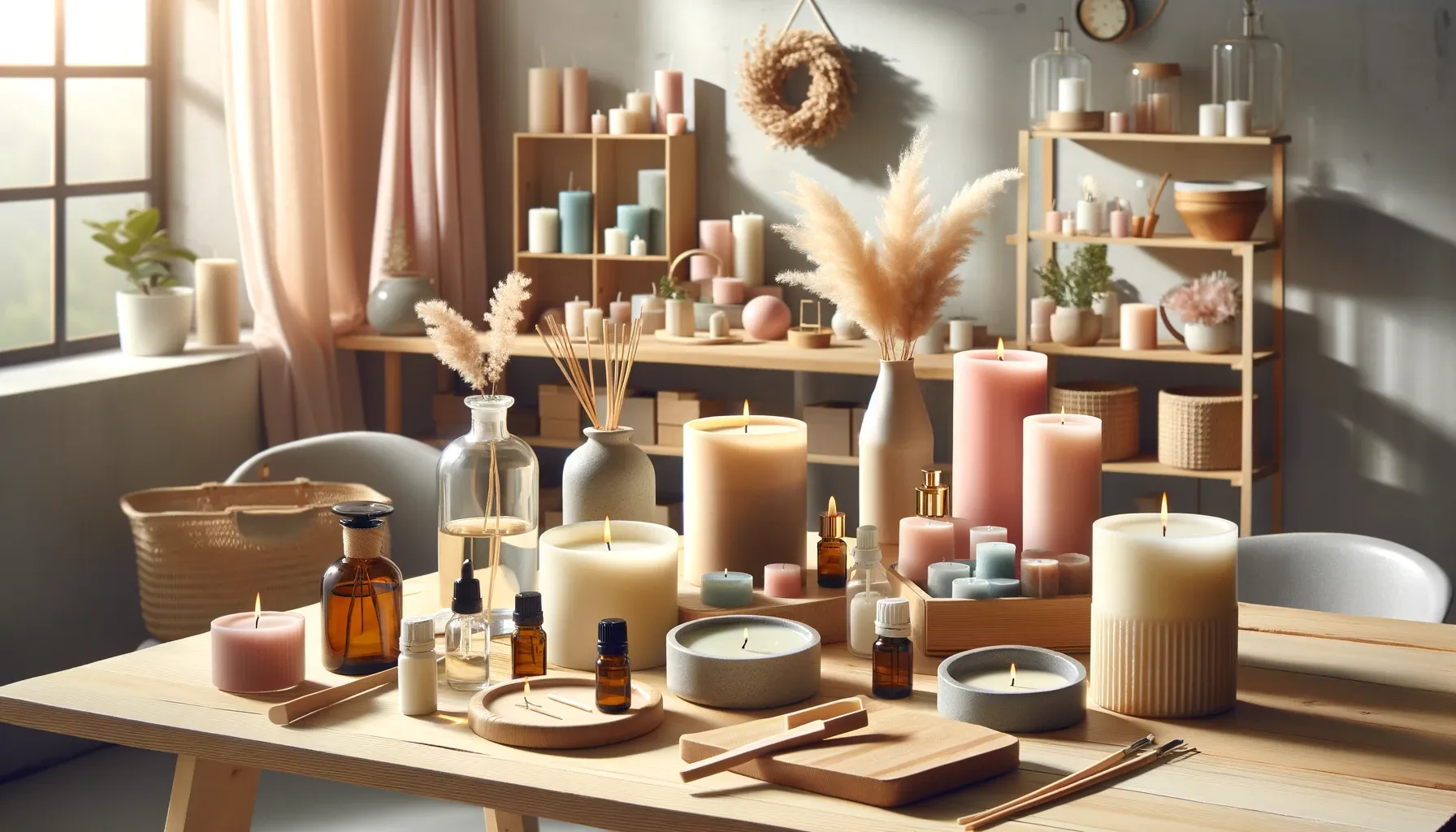Candle Making 101: How to Color Your Candles

Hello, candle enthusiasts! Today, I'm excited to share with you a beginner-friendly guide on how to add a pop of color to your homemade candles. Coloring candles is a fun and creative way to personalize your creations, and the best part is, it's simpler than you might think. Let's dive in!
Choosing Your Coloring Method
When it comes to coloring candles, you have a few options to consider:
Dye Chips or Blocks: These are specifically designed for candle making and come in a variety of colors. They are easy to work with and provide consistent coloring.
Liquid Candle Dyes: These dyes are concentrated liquids that can be added directly to the melted wax. They offer a wide range of colors and are great for achieving vibrant hues.
Natural Ingredients: If you prefer a more natural approach, you can use ingredients like powdered herbs, spices, or even dried flower petals to color your candles.
Adding Color to Your Candles
Here's a step-by-step guide on how to color your candles using dye chips or blocks:
Prepare Your Workstation: Set up your candle-making area with all the necessary supplies. This includes your wax, wicks, fragrance oils (if desired), a double boiler or microwave-safe container for melting wax, and, of course, your chosen coloring method.
Melt Your Wax: Begin by melting your wax according to the instructions. Make sure to monitor the temperature to avoid overheating.
Adding Color: Once your wax is melted, it's time to add color. If you're using dye chips or blocks, simply drop a small amount into the wax and stir gently until the color is evenly distributed. For liquid dyes, follow the recommended dosage for the desired intensity.
Testing: To ensure you've achieved the desired color, you can do a test pour into a small container before filling your actual candle molds.
Pouring Your Candles: Once you're happy with the color, carefully pour the colored wax into your prepared candle molds, ensuring the wick is centered.
Setting and Cooling: Allow your candles to cool and set completely before trimming the wick and unmolding.
Tips and Tricks
- Start Light: It's easier to add more color than to lighten a too-dark shade, so begin with a small amount of dye and gradually increase as needed.
- Mixing Colors: Feel free to experiment with mixing different dye colors to create unique shades and gradients.
- Natural Alternatives: If you prefer a more natural approach, consider using powdered turmeric for a warm yellow or dried lavender for a subtle purple tint.
Coloring your candles is a fantastic way to unleash your creativity and make each candle truly one-of-a-kind. Remember to have fun, experiment, and enjoy the process of bringing color into your homemade creations.
Happy candle making!
Grace Mitchell
Candle Making Momma